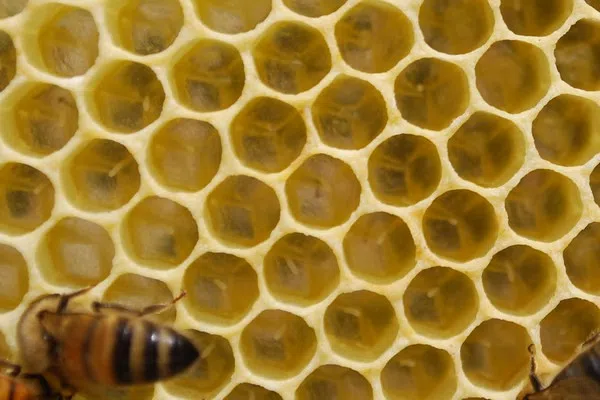Newly analyzed data confirm the staggering honey bee colony losses detailed last month of 1.6 million colonies lost with commercial beekeepers sustaining an average loss of 62% between June 2024 and March 2025. Additional survey responses and field analyses now paint an even darker picture, reinforcing concerns about the long-term viability of pollination services critical to U.S. agriculture. Experts warn that without immediate intervention, the ripple effects could drive up costs for farmers, disrupt food production, and shutter many commercial beekeeping operations.
“Beekeeping businesses are facing unprecedented challenges that threaten their survival from colony losses we haven’t seen in nearly 20 years. The swift response from stakeholders and the USDA is critical in providing beekeepers with the data and information to make well informed decisions to sustain their operations,” said Patty Sundberg, President of the American Beekeeping Federation.
“In January 2025, beekeepers across the country began reporting unexpected large-scale honey bee losses—we now know the largest ever recorded in the U.S.,” said Danielle Downey, executive director of Project Apis m. “In response, USDA Bee Labs were among the first to receive reports of these severe losses. To address the crisis, a multi-organizational working group—including Project Apis m., the American Beekeeping Federation, and the American Honey Producers Association—swiftly mobilized to assess the scale and severity of the losses, collect critical management data, and guide research efforts to identify potential causes.”
Administered by Project Apis m., the survey now includes data from a total of 842 beekeepers, with participants accounting for an estimated 1.956 million colonies, approximately 72% of the nation’s bees. More details with the latest survey responses are available here.
Around 1.6 million colonies were lost with associated economic impacts on beekeepers are estimated at over $600 million in lost honey production, pollination income, and costs to replace colonies. The impact of honey bee shortages on pollinated crops (including almonds, apples, cherries, blueberries, melons, and pumpkins, among many others) remains to be seen. This could reduce farmer yields, create higher prices and limited availability in the grocery store, and potentially have other impacts on these cropping industries valued at more than $18 billion annually.
Honey Bee Health Coalition news release





Comments